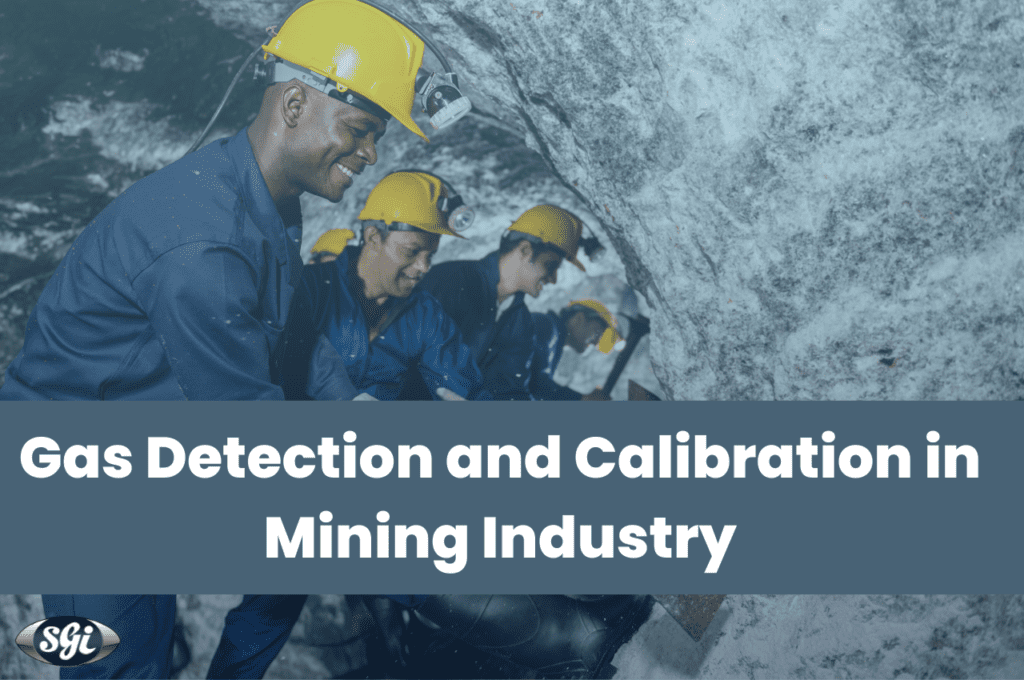
The mining industry faces some of the most dangerous downsides for its workers. With the claustrophobia, hard labour, lack of fresh air and sun, possibilities of mine cave-ins and dangerous gases in the enclosed space, the troubles for miners just go on. One of these probable issues is the presence of dangerous gases such as methane, in the mines. Methane gas poisoning is said to induce a host of symptoms, from minor ones such as headache, nausea, slurred speech to some very permanent and damaging ones such as memory loss, vision problems, heart issues, numbness, and loss of consciousness. Apart from methane reserves, mines may also contain highly toxic gases such as carbon monoxide, nitrogen oxide and hydrogen sulfides to name a few. The presence of any of these gases may lead to catastrophic explosions or affect the health of the miners. In order to control the same, mining organizations must install gas detection equipment, whether stationary or mobile, across the regions where mining activity takes place.
This brings us to our topic: gas detection and calibration. While there are many manufacturers around the world that provide accurate and high quality gas detection systems, they are bound to degrade over time. This makes it necessary that organizations schedule regular calibration checks for their mining gas detection equipment.
Since we are talking about gas detection systems that are primarily meant to detect methane, the calibration gas preference would be to methane when carrying out calibration and bump testing. Since methane ignites at 537 degrees Celsius, which is much higher as opposed to other preferred calibration gases such as pentane that ignites at a lower temperature of 260 degrees Celsius. Sensors calibrated with lower-temperature ignition gases may not be able to read methane in the environment effectively. Sensors essentially require higher power in order to detect methane as opposed to a gas with lower ignition temperature such as pentane. Companies can also choose a gas mixture that can help detect a wide variety of gases, if need be. These help reduce the number of calibration cylinders that need to be carried for calibration and bump tests.
Another important point to keep in mind is the gas control system and regulator used by the calibration service providers. Each of these equipment must be certified by a recognized body such as a CGA, ISO, or a British Standard to ensure quality and safety. Ensure that the calibration kit is up to date and serviced regularly to avoid leakages and faulty equipment that may lead to disastrous results. SGI's certified and globally recognized pressure regulator and valves are the right fit for calibration requirements in the mining industry. For an enquiry, quotation or a chat, contact us now!